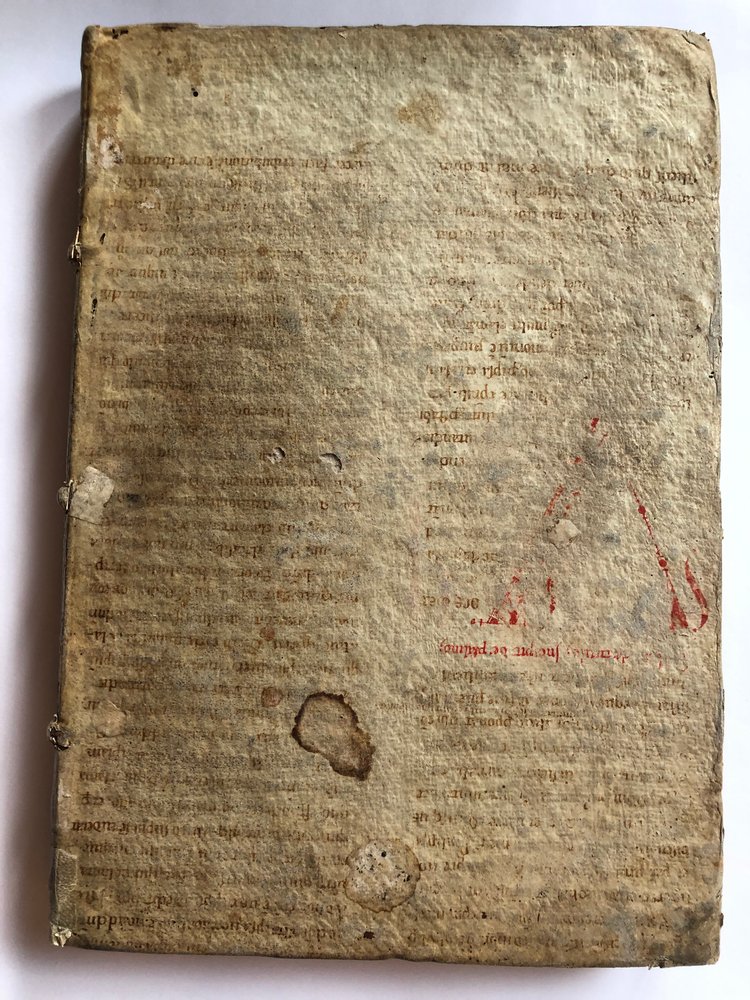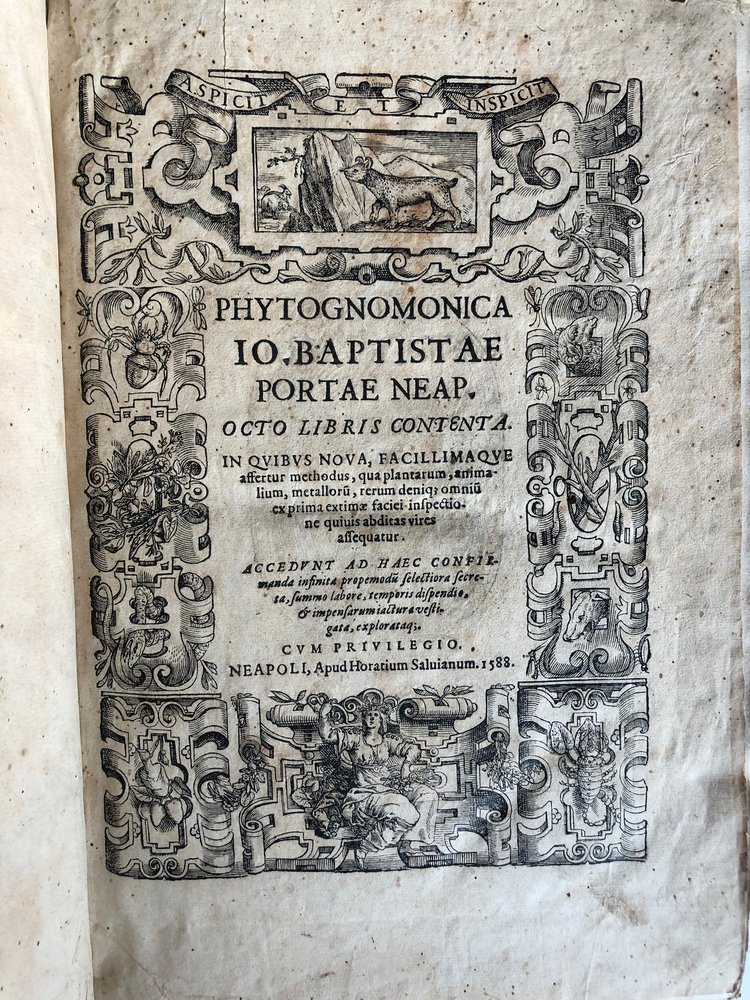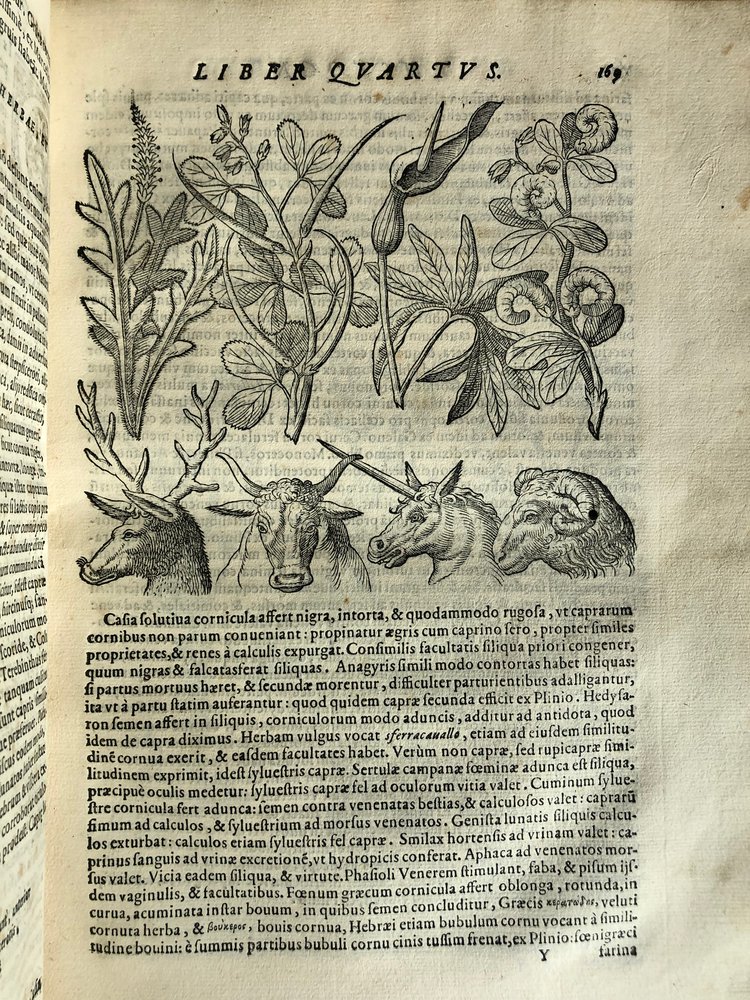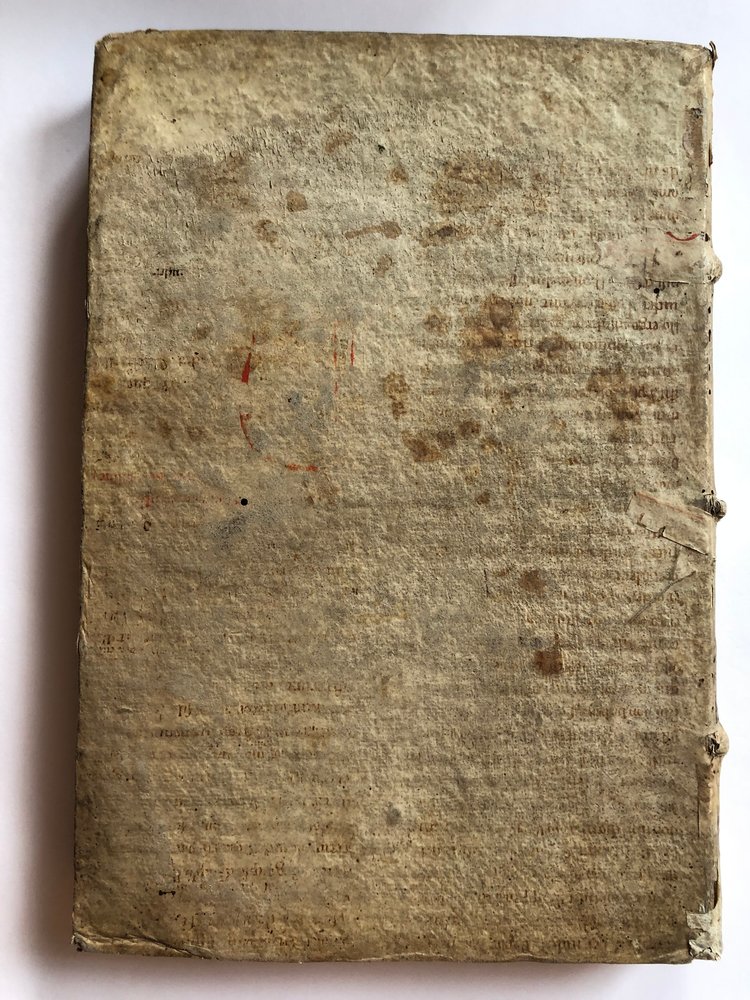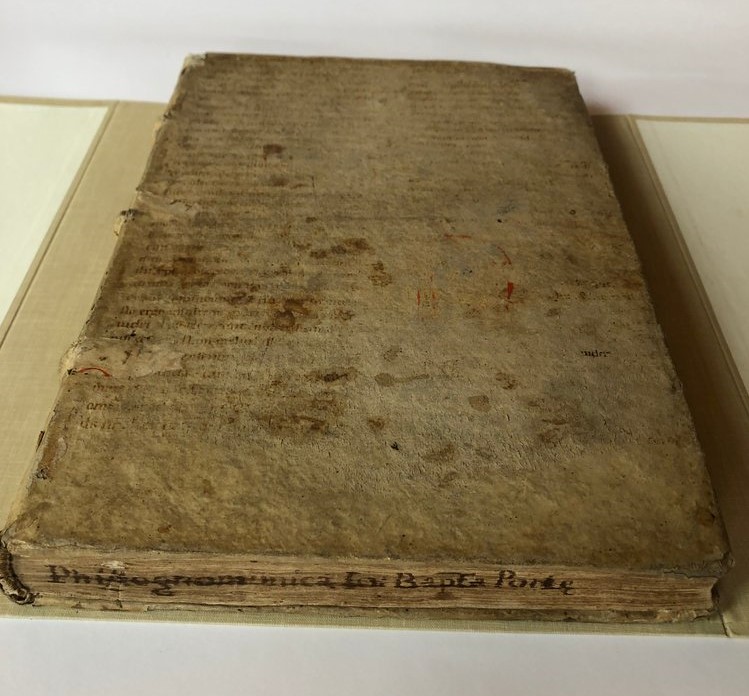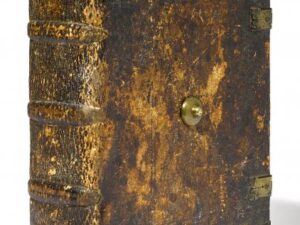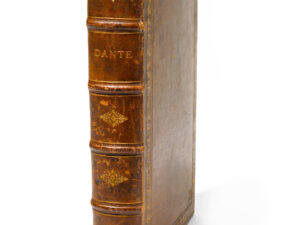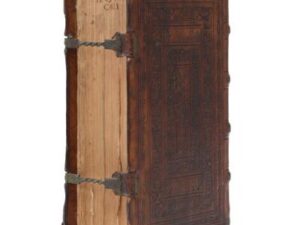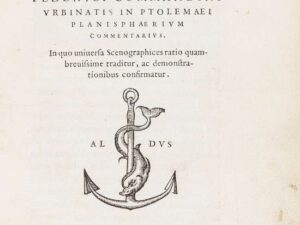First edition.
« Scientific » or « diabolic « magician » ? Giambattista Della Porta’s fame (Napoli 1535 -1615) is linked to the extraordinary best-seller De Magia Naturalis (1558) and the life-long studies in multiple fields, mainly verifying the magic traditions as natural but “wonderful”’ practices, freeing them from superstition or demonism. Despite his theories and writings brought him vvery close to heresy his intent was to make magic fully legitimate and acceptable as natural knowledge, widely usable with much less religious and moral concern than in the past.
Charmed by the ancient theories of signatures Giambattista Della Porta compiles his Phytognomonica (1588). In this work he reiterates that all things existing in nature are in reciprocal correlation through their occult properties, which manifest themselves in the form, “imprint” or appearance of the object. Through the observation of these characteristics one can understand the correspondences, the affinities and the contrasts between objects. Plants or animal organs that resemble a specific human organ, “sympathize” with it, and can thus heal, by natural magic, any ailment or affection. Yellow plants will purge the bile, milky plants will be effective for milk production, “bony” plants will heal bones. Plants are sorted into seven classes: in the first class it inserts the habitat of the plant world, separating aquatic plants from terrestrial and mountain.
The second part is renown. It considers the similarity of the plant with various parts of the human body: with the heart, with the eyes, with the hair, teeth and so on. The shape indicates the part of the human body that needs to be treated and that will benefit. In the third part are listed the plants describing the animals, in the fourth the man’s diseases, in the fifth those plants having animals’ qualities, in the sixth those with characteristics similar to those of man and in the seventh the plants related to the stars. Here is the lunaria, useful in the lunar “morbi” and in irregular menstruation, here is the Scorpio grass indicated against the bite of the scorpions. But the signature is not limited to the external part of a plant. Properties such as color and taste are important too: red roses and coral are effective against bleeding while rhubarb, saffron and lemon will cure yellow bile.

